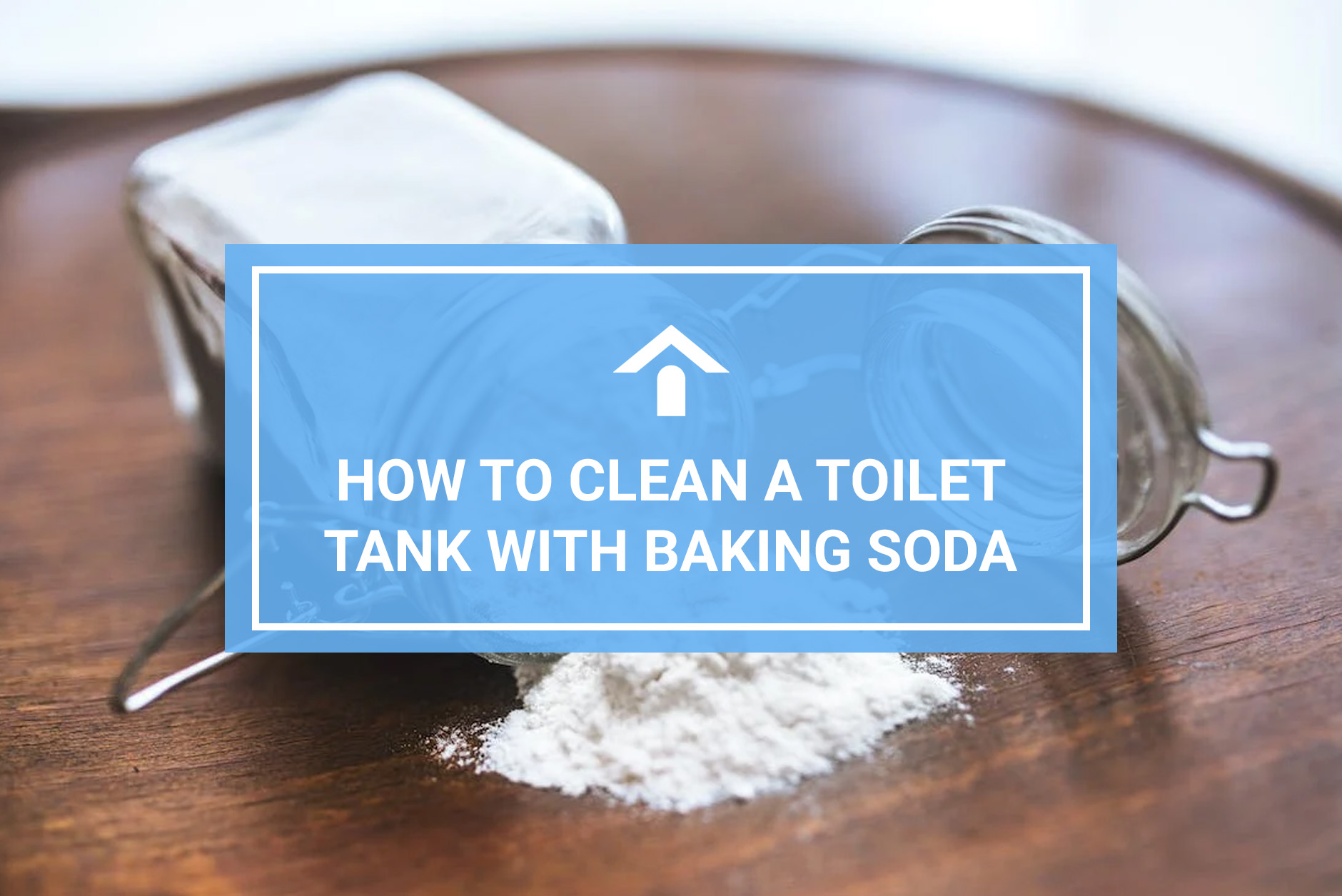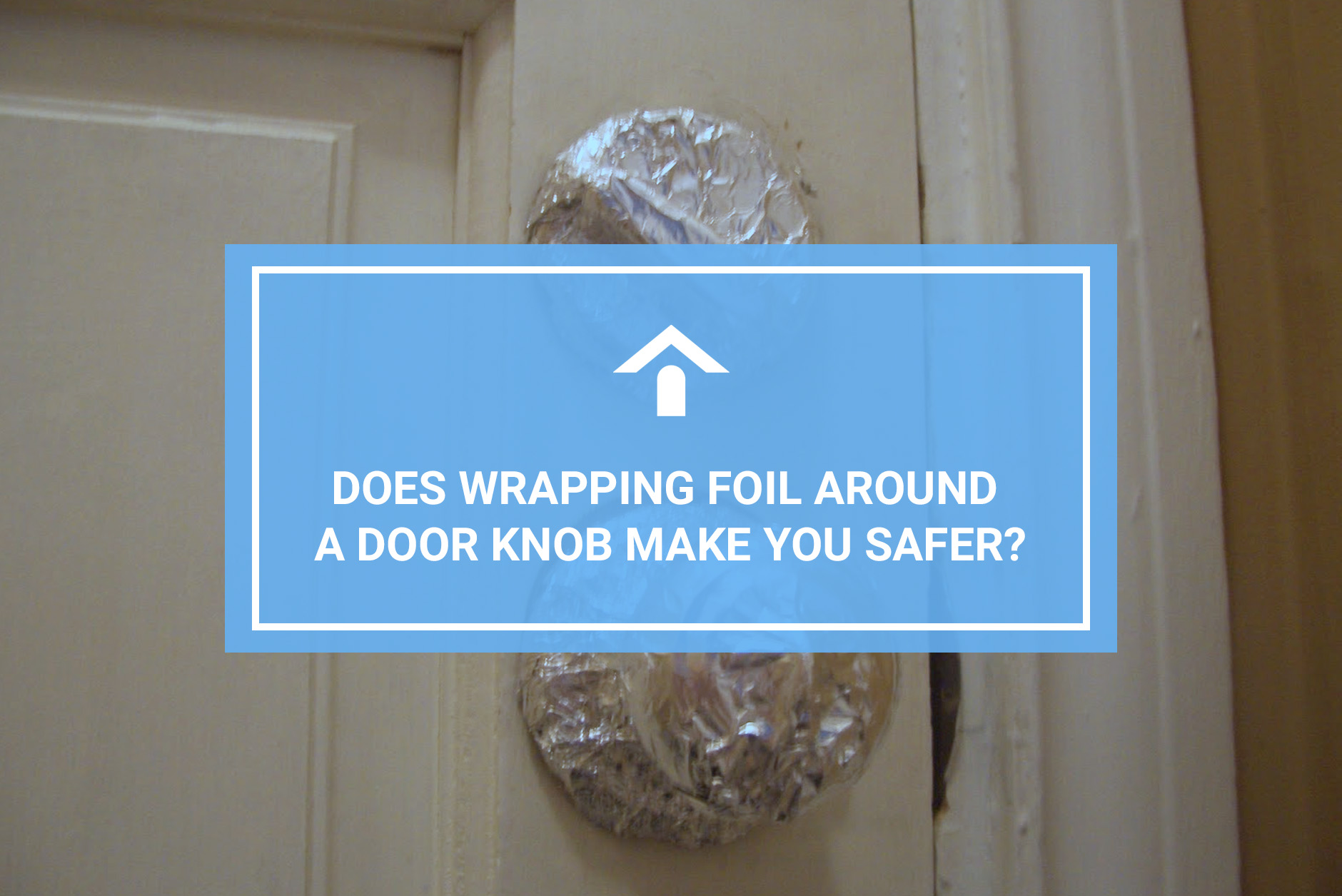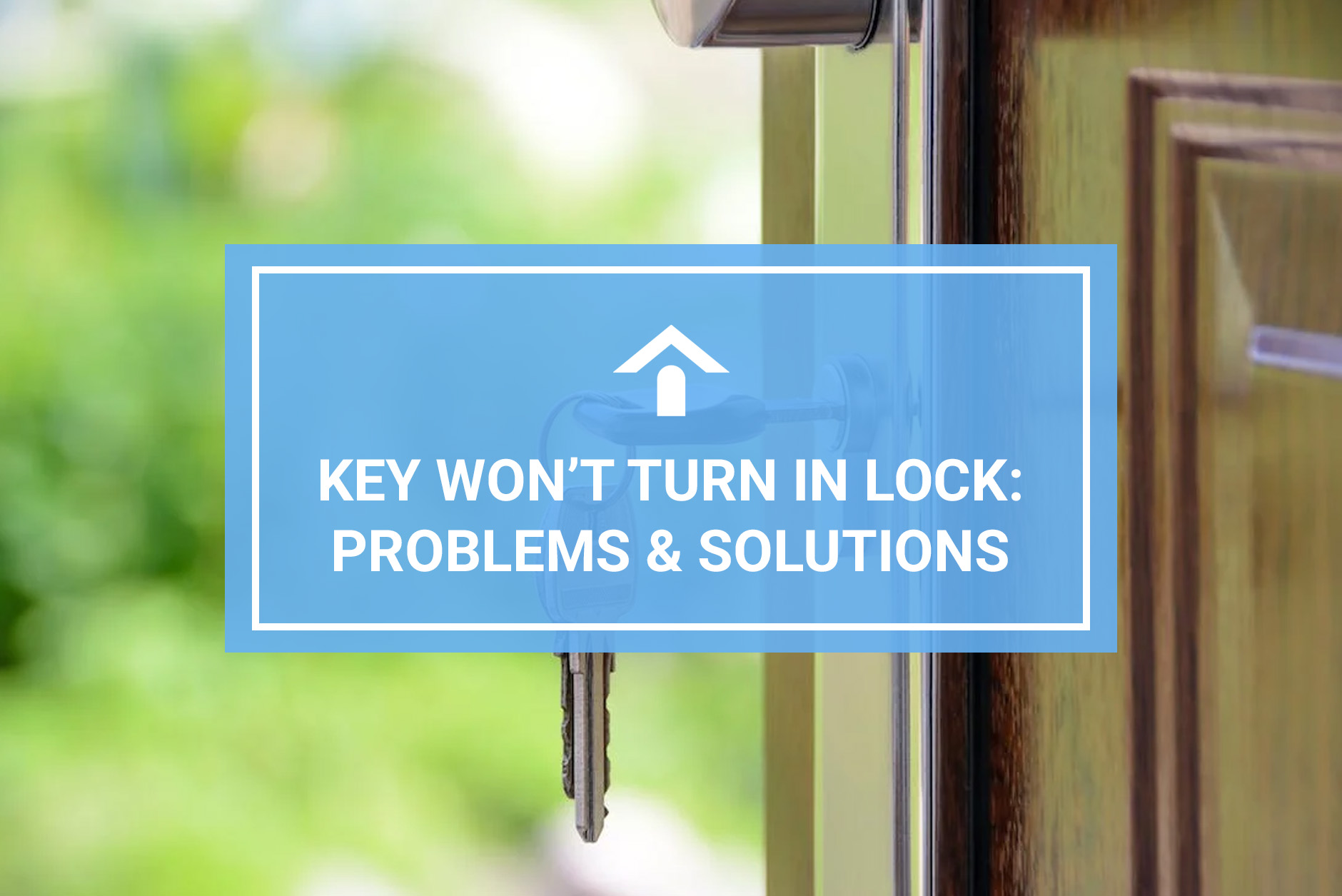Weed and feed products are a popular choice for maintaining a lush and healthy lawn, but pet owners often wonder about the safety of these chemicals around their furry friends. In this article, we’ll explore whether weed and feed is safe for dogs and cats, how to apply weed and feed safely, and what to do in case of exposure.
Is Weed & Feed Safe For Pets?
Before applying any lawn care products, it’s crucial to understand their potential impact on your pets. Weed and feed typically contains a combination of herbicides and fertilizers. Ingredients can vary from product to product, but the most common ingredients include:
- 2,4-D
- Dicamba
- Dithiopyr
- Glyphosate
- Mecoprop or MCPP
- Nitrogen
- Phosphorous
- Potassium
The fertilizing ingredients weed and feed (nitrogen, phosphorous, and potassium) are generally safe for pets, but the herbicides and pesticides may not be. Herbicides like 2, 4-D, dicamba, dithiopyr, glyphosate, and mecoprop are all considered toxic for dogs and cats. Weed and feed with toxic ingredients can be detrimentally harmful to pets that ingest treated grass with effects ranging from short-term gastrointestinal discomfort to long-term neurological issues.
There are many weed and feed products that are designed with pet safety in mind. If you have pets, it would be in their best interest to buy pet-friendly weed and feed options and follow guidelines to minimize any potential harm.
How To Safely Apply Weed & Feed With Pets
While most weed and feed products are toxic to pets, you can still apply them to your lawn in a safe way that reduces the risk of harm to your pets. Start by carefully reading the instructions provided by the manufacturer. These instructions usually include information on application rates, waiting periods before allowing pets on treated areas, and additional safety precautions. Ignoring these guidelines can increase the risk of exposure to potentially harmful substances.
To minimize the risk of exposure, keep your pets indoors or in a designated safe area while you apply weed and feed. This precautionary measure ensures that your pets won’t come into direct contact with the product during application, reducing the likelihood of any adverse reactions.
Once weed and feed is applied, you’ll want to water your lawn according to the product instructions. Adequate watering ensures that the chemicals are washed from the blades of grass down into the soil so that your pets won’t come into direct contact with chemicals via the blades of grass.
As an additional precaution, you should wait 48 to 74 hours after application before allowing your dog or cat to wander the yard again. Certain herbicides can still be present after 72 hours, but the chemicals become so diluted that they’re unlikely to cause harm.
Signs Of Weed & Feed Exposure
Being vigilant about your pet’s behavior and health is crucial after weed and feed application. Watch your dog or cat for common symptoms of exposure. Symptoms of weed and feed exposure include:
- Lethargy
- Vomiting
- Diarrhea
- Tremors
- Seizures
- Excessive drooling
- Respiratory distress
If any of these signs are observed, it’s essential to act promptly. Quick action can prevent your pet from experiencing long-term health implications from poisoning.
What To Do After Possible Weed & Feed Exposure
If you suspect your pet has been exposed, take immediate action. Wash your pet’s paws, fur, or mouth to remove any residual product. This can help minimize further absorption and ingestion.
While initial home care is essential, consulting a veterinarian is paramount. Call your vet and describe the product and its ingredients to the vet, providing as much detail as possible about the exposure. Veterinarians can use this information to offer professional guidance based on the specific circumstances and symptoms observed.
Pet Safe Alternatives To Weed & Feed
There are more pet-friendly alternatives to traditional weed and feed products that aren’t toxic to dogs and cats. Many of these alternatives only perform the herbicide function, but it isn’t much more work to pair the herbicides with a pet-friendly fertilizer. Some expert-recommended pet-friendly alternatives include:
- Espoma Organic Weed Preventer
- Sierra Natural WeedRot
- Just For Pets Weed Killer Spray
- Purely Organic Weed & Feed Lawn Food
- Eco Garden Organic Vinegar Weed Killer
As a general rule, you should look for products labeled as organic or natural, as these often use less harmful ingredients while still effectively maintaining your lawn.
Tired Of Treating Your Own Lawn?
Treating and cutting your lawn to maintain an orderly lush green appearance is a lot of work. Hours of your life can be lost each week to yard maintenance, which can amount to over two days of lost time in a year. Many landscaping companies offer lawn maintenance services so that you can still enjoy a nice lawn while spending your time doing more valuable things.
Home Directory features vetted and experienced landscaping companies around the country. You can find a landscaping company to work with near you by browsing the directory.





